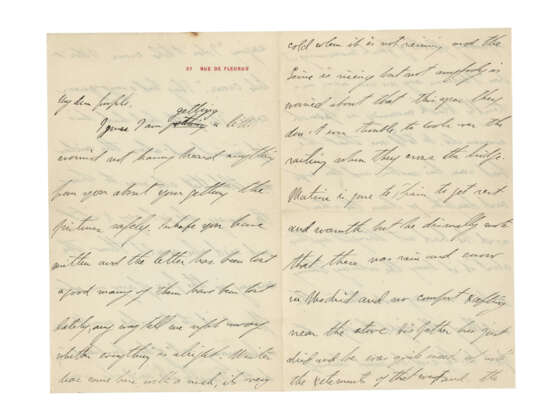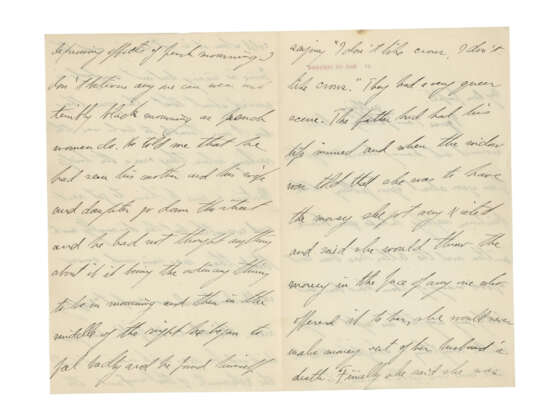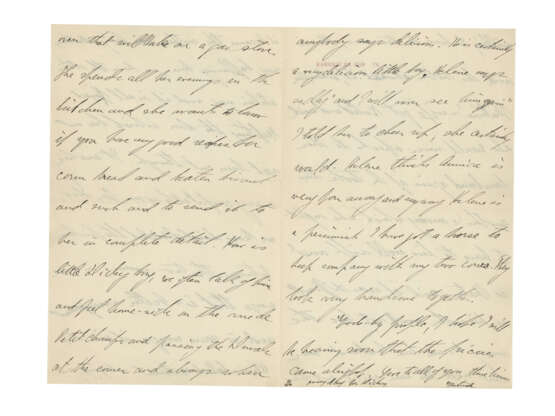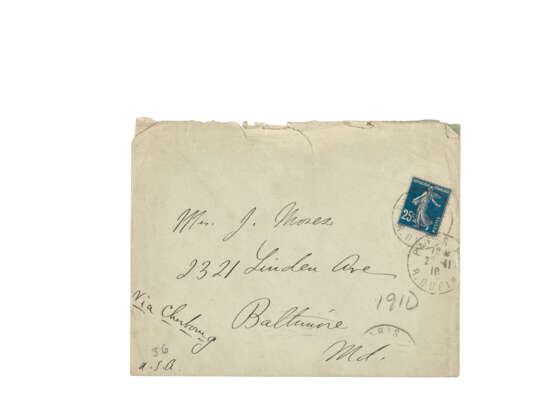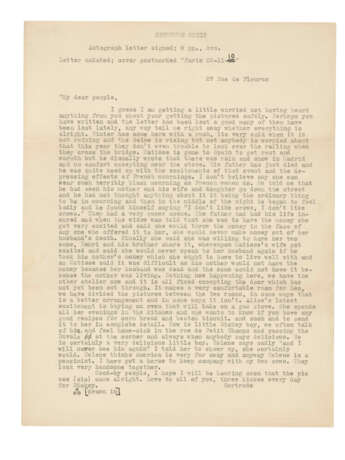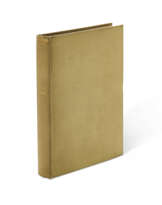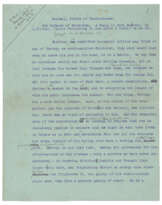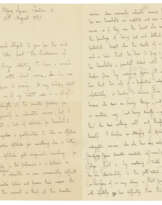ID 1108972
Lot 172 | Gertrude Stein (1874-1946) and others
Valeur estimée
£ 1 000 – 1 500
Three autograph letters signed from Gertrude Stein, George Bernard Shaw, and Henry Wadsworth Longfellow, to J. [Hortense] Moses, ‘Bert’, and J. R. Camberwell, 27 Rue de Fleurus, and London, 22 November 1910, 15 December 1899, and 15 February 1862
17 pages total, various sizes, with a poem written by Camberwell for Longfellow. Provenance: Roy Davids Limited, 25 May 1998, Christie's New York, 25 April 1995, lot 241, and Bernard Quaritch Ltd, 20 March 1981.
Stein writing to friends regarding the death of Matisse, Shaw giving advice to an unknown younger recipient, and Longfellow thanking Camberwell for his condolences upon the death of his wife. Writing to ‘My dear people’, Stein complains of the weather in Paris, ‘very cold when it is not raining and the Seine is rising but not anybody is worried about that this year’, and mentions that ‘Matisse is gone to Spain to get rest and warmth but he dismally wrote that there was rain and snow in Madrid and no comfort excepting near the stove’, continuing ‘His father has just died and he was quite used up with the excitements of that event and the depressing effects of French mournings. I don’t believe any one can wear such terribly black mourning as French women do’. Discussing also an incident with Matisse wherein ‘in the middle of the night he began to feel badly and he found himself saying “I don’t like crows, I don’t like crows”. They had a very queer scene’. Ending the letter mentioning Alice who ‘spends all her evenings in the kitchen and she wants to know if you have any good recipes for corn bread and beaten biscuit’, asking how ‘little Dickey boy’ is, and concluding ‘I have got a horse to keep company with my two cows. They look very handsome together’.
In the present letter addressed to ‘Bert’, Shaw, giving advice to the younger man, ‘When I was fifteen, I did what everybody will tell you was the manly, right, independent thing to do: that is, I went into an office to spare the family finances and support myself by my own exertions. Result, a waste of four or five years…’. Discussing the nine years it took for him to become a journalist, wherein he ‘wrote five novels and dozens of articles, lectured & ranted, and picked up all sorts of efficiencies; but I had no gleam of success’. Suggesting a future for the recipient ‘If it were a question of apprenticing you as a carpenter or mason, with a view to your becoming an architect & builder, I should heartily approve; but put the city & its dungeons out of your head’.
To Camberwell, Longfellow writes, ‘thank you for your words of sympathy and for your beautiful and touching poems. But you will understand how difficult, nay how impossible it is for me to speak upon that subject’. He notes that the political situation is getting ‘better and better. The last week bought us news of three important victories…the rebellion is doomed, and with it slavery!’, and refers also to the ‘”impossible conflict”, which is always going on in the world between Right and Wrong, between Freedom and Slavery’. The poem from Camberwell consisting of seven stanzas, beginning: ‘‘The dearest form that claimed thine earthly love, No more on earth can great thy tender gaze, Her spirit radiant now in realms above, Sings in the anthems of celestial praise'.
Stein writing to her friend Mrs J. [Hortense] Moses, née Guggenheim, moved to 27 Rue de Fleurus to join her brother, it became a legendary centre for its collection of modern paintings by artists such as Cezanne, Gauguin, and Degas and for the artists, writers, and talkers who congregated there, including Hemingway, Fitzgerald, Picasso, Matisse, and Braque. The Steins were Matisse’s most important early patrons and among his paintings that hung in their apartment were his The Woman with the Hat, Le Bonheur de Vivre and Blue Nude. Longfellow’s second wife, Frances Appleton, died shortly after sustaining severe burns during a house fire in 1861.
| Adresse de l'enchère |
CHRISTIE'S 8 King Street, St. James's SW1Y 6QT London Royaume-Uni | |||||
|---|---|---|---|---|---|---|
| Aperçu |
| |||||
| Téléphone | +44 (0)20 7839 9060 | |||||
| Commission | see on Website | |||||
| Conditions d'utilisation | Conditions d'utilisation |
